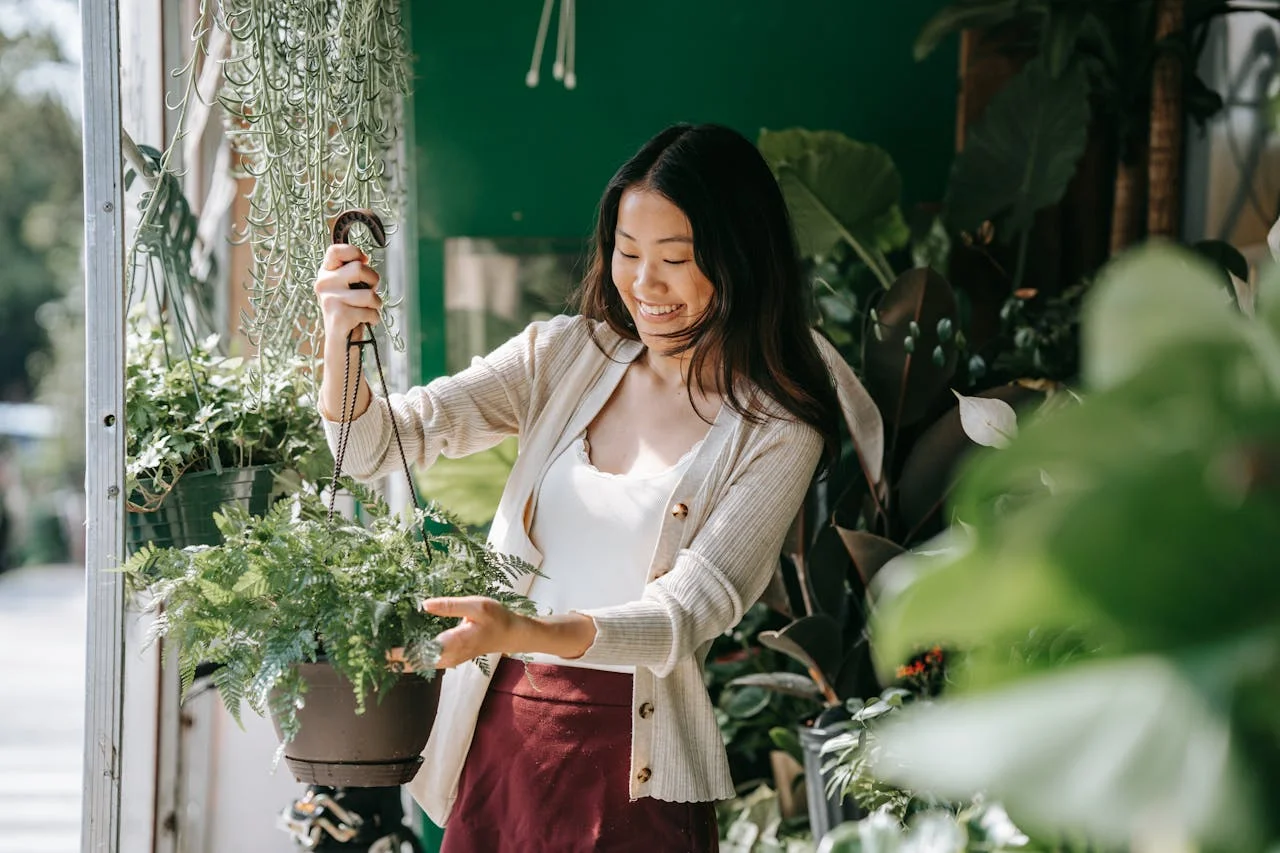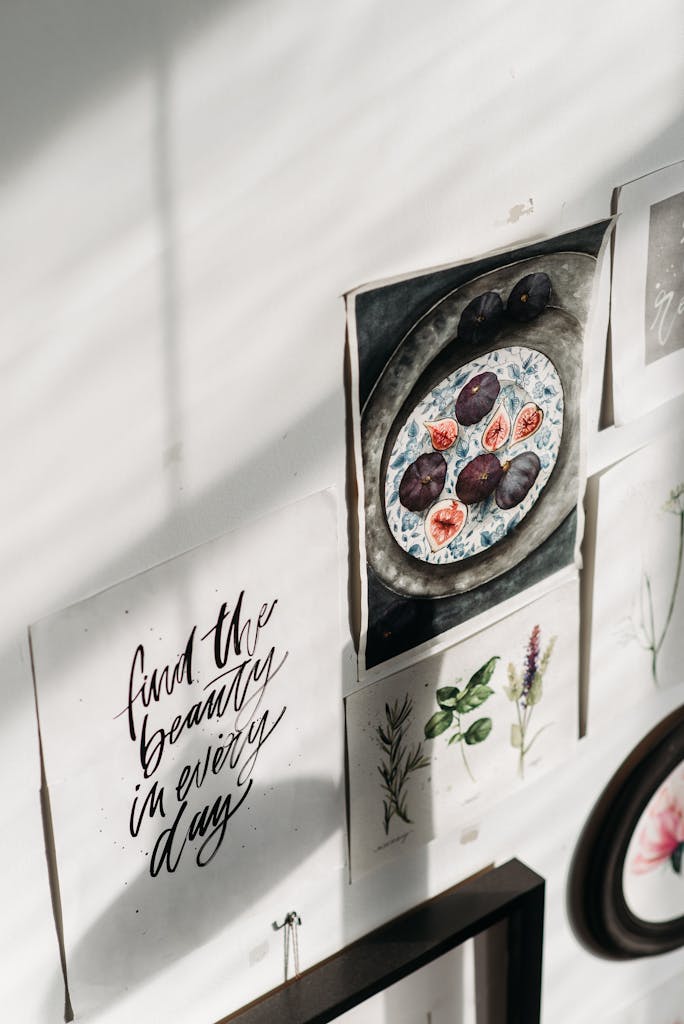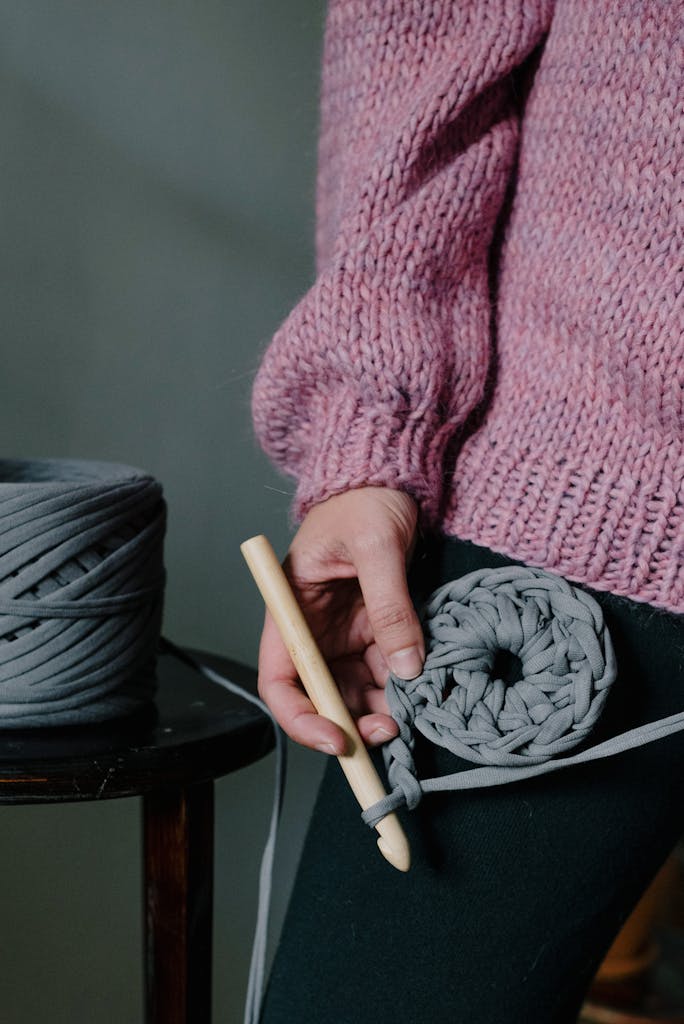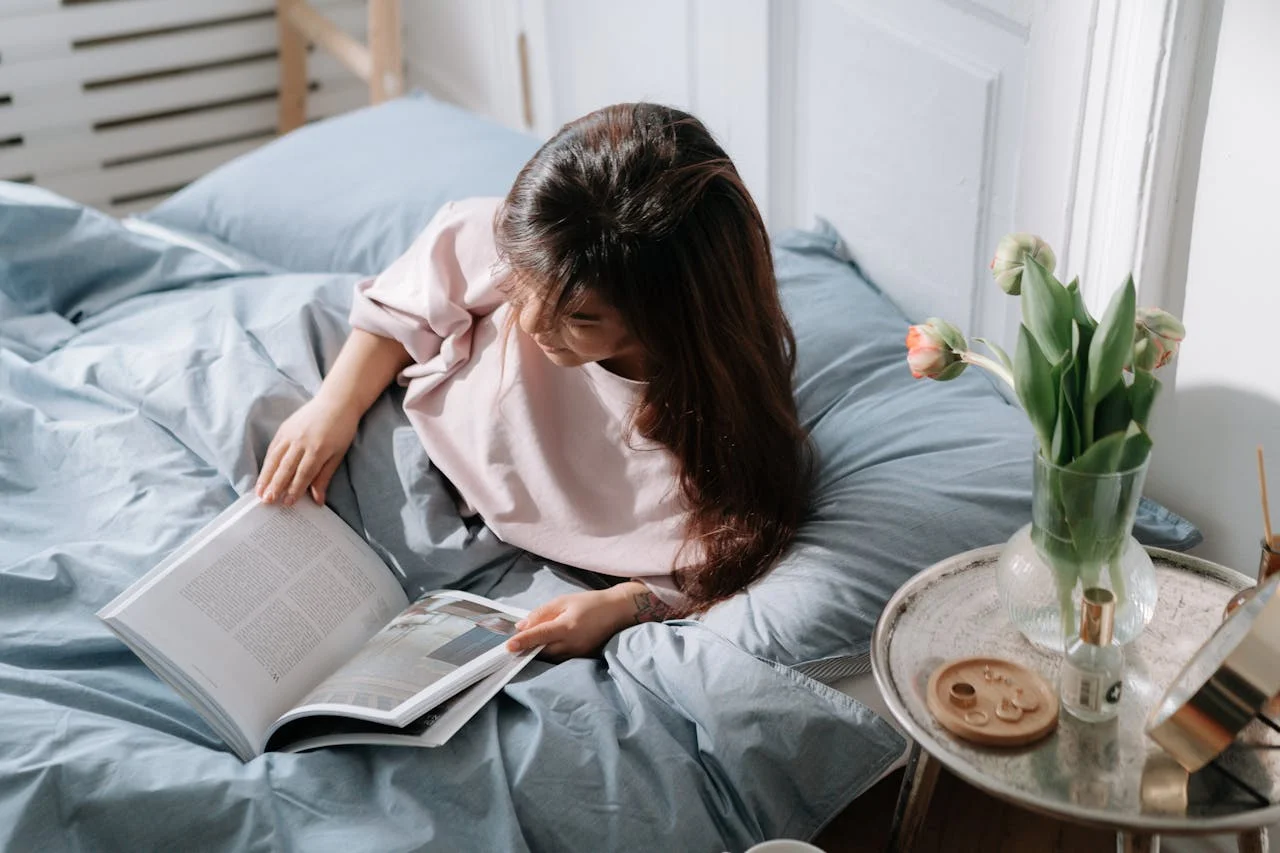
You’re living in a world that demands constant acceleration, but I can tell you from experience that your soul craves something entirely different. When you’re scrolling through your phone at 11 PM, feeling disconnected and restless, you’re experiencing what happens when life moves too fast for your spirit to keep up. The gentle hobbies I’m about to share aren’t just pastimes—they’re medicine for the modern condition, and each one holds the power to transform how you experience daily life.
Gardening: Cultivating Connection With Nature and Seasons
When you dig your hands into soil and feel the earth beneath your fingernails, something profound shifts in your relationship with time itself. I can tell you that gardening forces you to surrender control, to work within nature’s timeline rather than demanding instant results.
You’ll plant seeds in spring, tend them through summer’s heat, and harvest when autumn arrives. This rhythm becomes your teacher, showing you that true power comes from patience and partnership with natural cycles. I’ve never seen anything transform a person’s perspective quite like watching their first tomato ripen.
Start small with herbs on a windowsill. Feel how basil responds to your touch, how mint spreads with determination. These plants will teach you that real influence grows slowly, steadily, with consistent attention. The gentle movements of tending plants can even serve as gardening as exercise, strengthening your body while nourishing your spirit.
Hand Lettering and Calligraphy: The Meditative Art of Beautiful Writing

As you guide a pen across paper in deliberate, flowing strokes, your mind quiets in ways that digital typing never achieves. I can tell you that hand lettering transforms chaotic thoughts into focused intention.
Each curve demands your complete attention, forcing you to slow down, breathe deeper.
You’re not just making letters—you’re building discipline, patience, and mental clarity. I’ve never seen a practice that so effectively trains your brain to concentrate on one task. Start with basic letterforms using a simple fountain pen or brush marker. Practice quotes that inspire you, wedding invitations, or journal headers.
The rhythm of consistent strokes creates a meditative state similar to prayer or meditation. This centuries-old tradition connects you to generations of scribes and artists who understood the spiritual power of intentional mark-making. You’ll discover that beautiful writing isn’t about perfection—it’s about presence, control, and the quiet power of deliberate creation.
Bread Making: Finding Rhythm in Kneading and Rising
The ancient art of bread making connects you to thousands of years of human tradition, and I can tell you there’s something profoundly grounding about working with just flour, water, yeast, and salt. When you knead dough, you’re creating something powerful from nothing, commanding simple ingredients to transform into sustenance.
I’ve never seen anything match the meditative rhythm of folding and pressing dough for ten minutes straight. Your hands develop muscle memory, your breathing synchronizes with the motion, and your mind clears completely.
The waiting periods between rises teach you patience while building anticipation. You’ll discover that bread making operates on nature’s timeline, not yours. This forces you to slow down, respect the process, and trust that good things develop when you give them proper time and attention.
Making bread regularly becomes one of those wonderful habits that develops without much thought, where the consistent practice of measuring, mixing, and timing creates a soothing routine that nourishes both body and spirit.
Watercolor Painting: Flowing With Gentle Brushstrokes and Soft Colors
Just as bread making teaches you to work with natural timing, watercolor painting invites you to embrace the unpredictable flow of pigment and water across paper. I can tell you that watercolors demand surrender, not force. You’ll master this medium by learning when to guide your brush and when to let the paint bloom naturally.
Start with basic washes, letting colors bleed into each other. I’ve never seen anyone regret beginning with simple landscapes or flowers. The wet-on-wet technique teaches you patience as pigments dance together, creating effects you can’t control but can learn to anticipate.
You’ll discover that watercolor’s transparency mirrors life itself – each layer builds upon the last, creating depth through gentle accumulation rather than aggressive application. Like botanical illustration, watercolor painting activates the same brain regions as meditation, helping to quiet your mind while your brush captures the delicate beauty of the natural world.
Reading by Natural Light: Creating Sacred Literary Moments
While watercolor painting flows with liquid spontaneity, reading by natural light connects you to rhythms humans have followed for millennia. I can tell you there’s something profound about positioning yourself near a window, letting sunlight illuminate pages instead of harsh artificial bulbs. Your eyes relax, your mind settles deeper into stories.
Your reading sanctuary by that east-facing window where morning light streams in, or find afternoon’s golden glow filtering through sheer curtains. I’ve never seen anyone regret claiming this simple power over their environment. The changing light throughout the day naturally guides your reading sessions, forcing you to slow down, be present. You’re not just consuming words anymore—you’re participating in an ancient ritual that connects you to countless readers who came before you. Creating this comfortable, distraction-free space with natural reading cues helps your brain associate the environment with focused literary moments.
Knitting and Crocheting: Repetitive Stitches for Inner Calm

When your hands need something purposeful to do, knitting and crocheting offer the perfect marriage of productivity and meditation. I can tell you that the repetitive motion of each stitch creates a rhythm that quiets mental chatter, drops your heart rate, and centers your focus entirely in the present moment.
You’re building something tangible while your mind processes daily stress. Each loop through yarn becomes a breathing exercise, each completed row marks progress you can see and touch. I’ve never seen a craft that delivers such immediate stress relief while producing useful items like scarves, blankets, or sweaters.
The beauty lies in the simplicity—just two needles or one hook, yarn, and your hands working together. You control the pace, the pattern, the outcome. That’s real power. Like pottery and ceramics, this hands-on experience with materials becomes a meditative and therapeutic process that develops your fine motor skills while connecting you with a community of fellow crafters.
Nature Photography: Capturing Quiet Beauty at Your Own Pace
Because nature photography forces you to slow down and really see what’s around you, it becomes one of the most therapeutic hobbies you can pick up. I can tell you from experience, when you’re hunting for that perfect shot of morning dew on a spider web, your mind stops racing about deadlines and obligations. You’re present, focused, powerful.
You don’t need expensive equipment to start. Your smartphone works perfectly fine. I’ve never seen anyone regret spending quiet hours photographing wildflowers, frost patterns, or cloud formations. The magic happens when you realize you’re not just taking pictures – you’re training yourself to notice beauty that others rush past. This practice builds a different kind of strength, one that comes from stillness and observation.
Many photographers find that seasonal captures like autumn landscapes make beautiful desktop wallpapers that can brighten your daily computer experience and extend the joy of your photography practice.
Journaling: Daily Reflection and Mindful Self-Discovery
The simple act of putting pen to paper transforms scattered thoughts into clarity, and I can tell you that journaling has saved my sanity more times than I can count. You’re not just recording events—you’re excavating wisdom from your daily experiences, uncovering patterns that shape your decisions and reactions.
I’ve never seen a practice more powerful for developing self-awareness. When you write morning pages, those three stream-of-consciousness pages, you dump mental clutter and access your authentic voice. Evening reflection sessions help you process difficult emotions instead of carrying them into tomorrow.
Start with five minutes daily. Write about anything: frustrations, gratitudes, dreams, fears. Your journal becomes your private sanctuary, a place where you can be brutally honest without judgment, building the emotional intelligence that separates leaders from followers. Try exploring journal prompts that focus on self-discovery, such as reflecting on what makes you lose track of time or examining the feedback you frequently receive from others.
Conclusion
You don’t need expensive equipment or perfect technique to start any of these hobbies. I can tell you that even fifteen minutes of gentle activity will shift your entire day’s energy. Pick one hobby that speaks to you, gather basic supplies, and begin tomorrow. Your soul craves this slower rhythm, and you’ll feel the difference immediately. These simple practices will anchor you when life feels overwhelming, creating pockets of peace you desperately need.





Pingback: 30 Fulfilling Hobbies for Women Over 30 (That Aren't Just Self-Care Buzzwords)